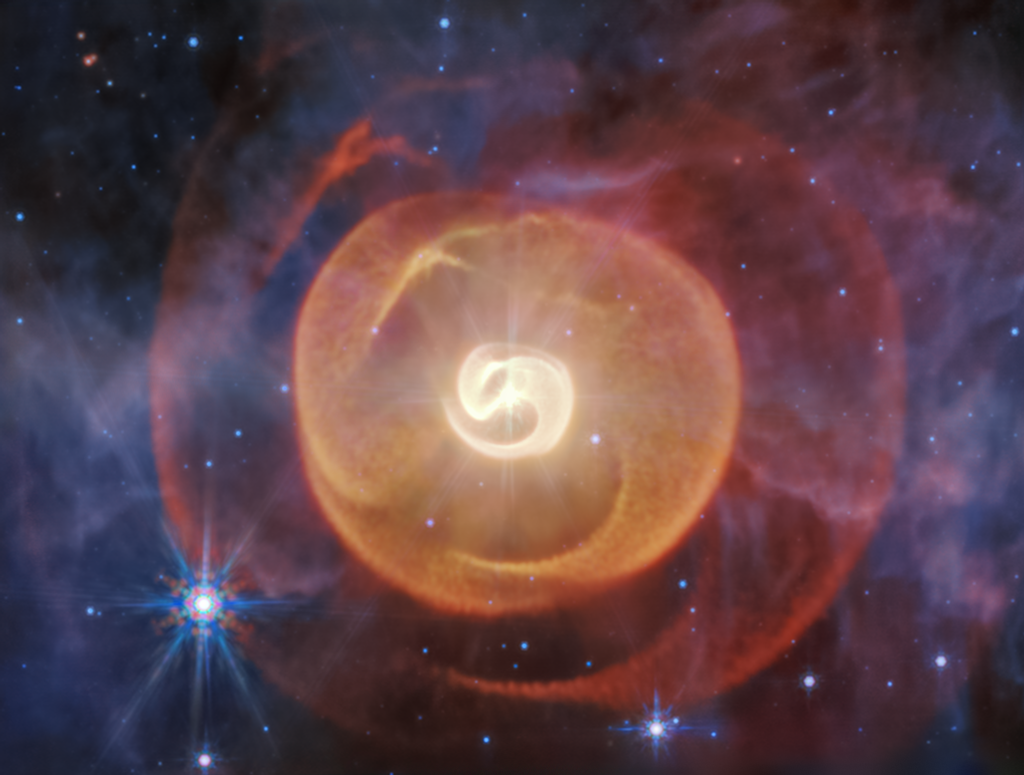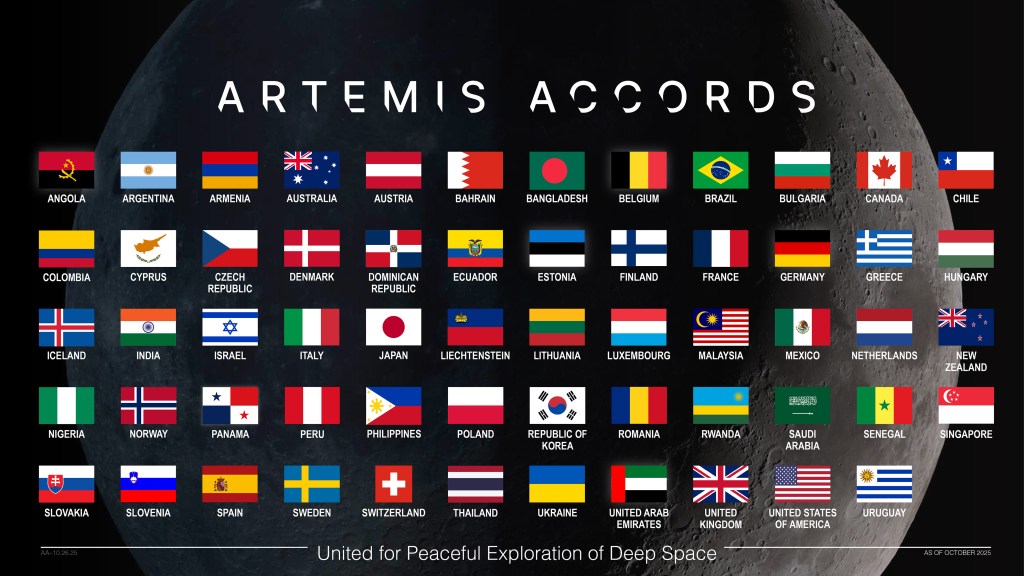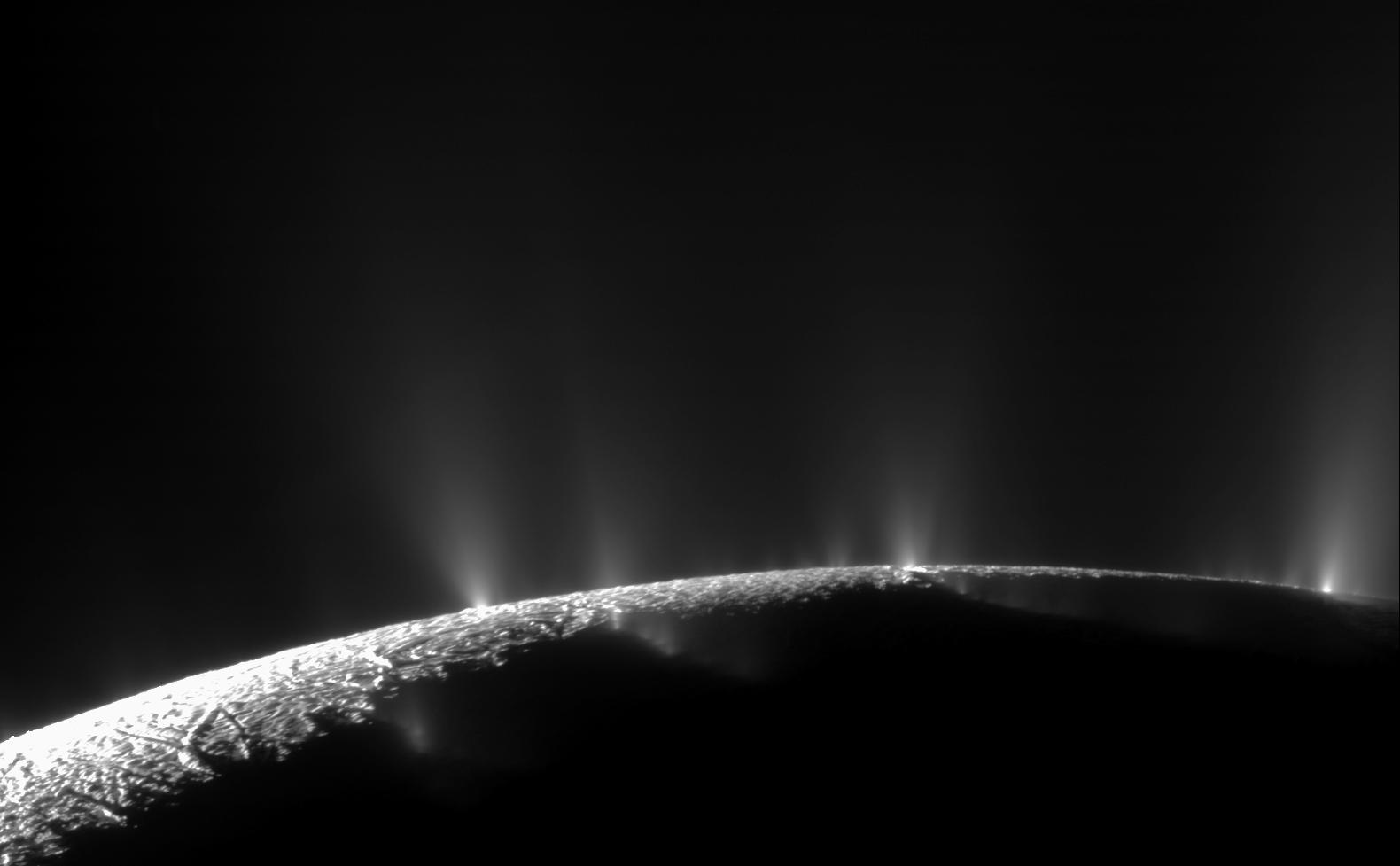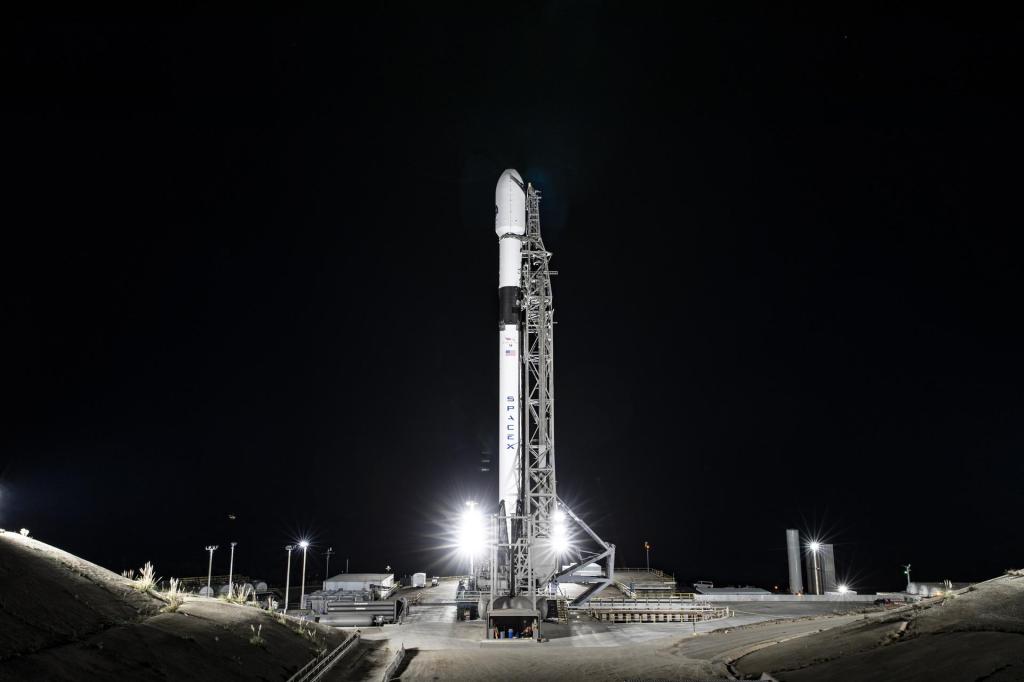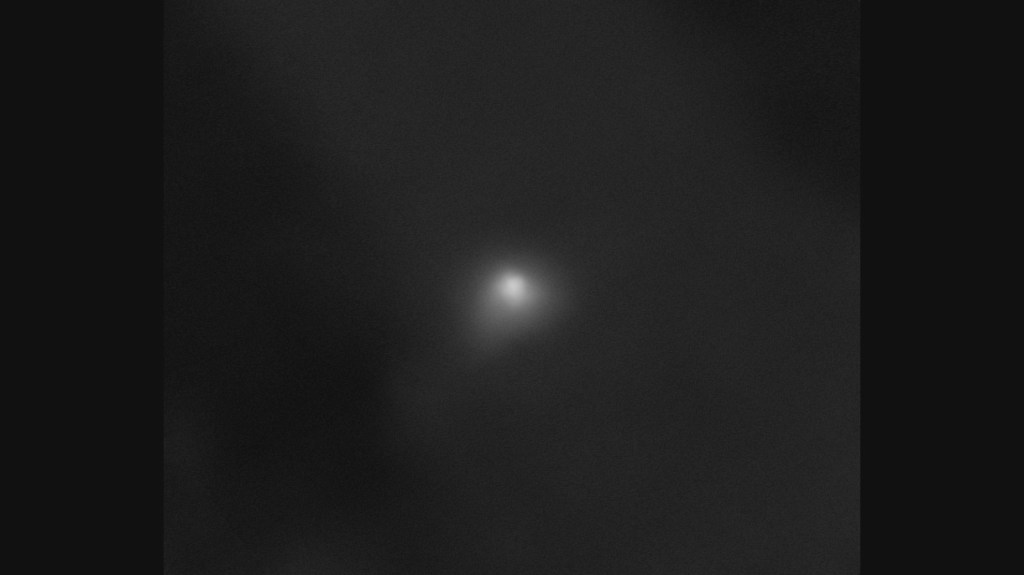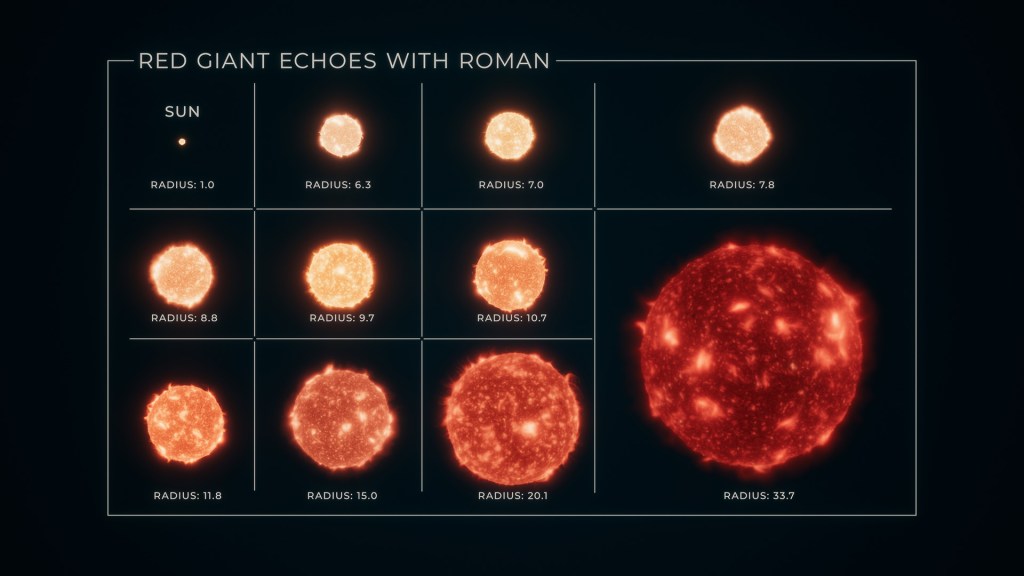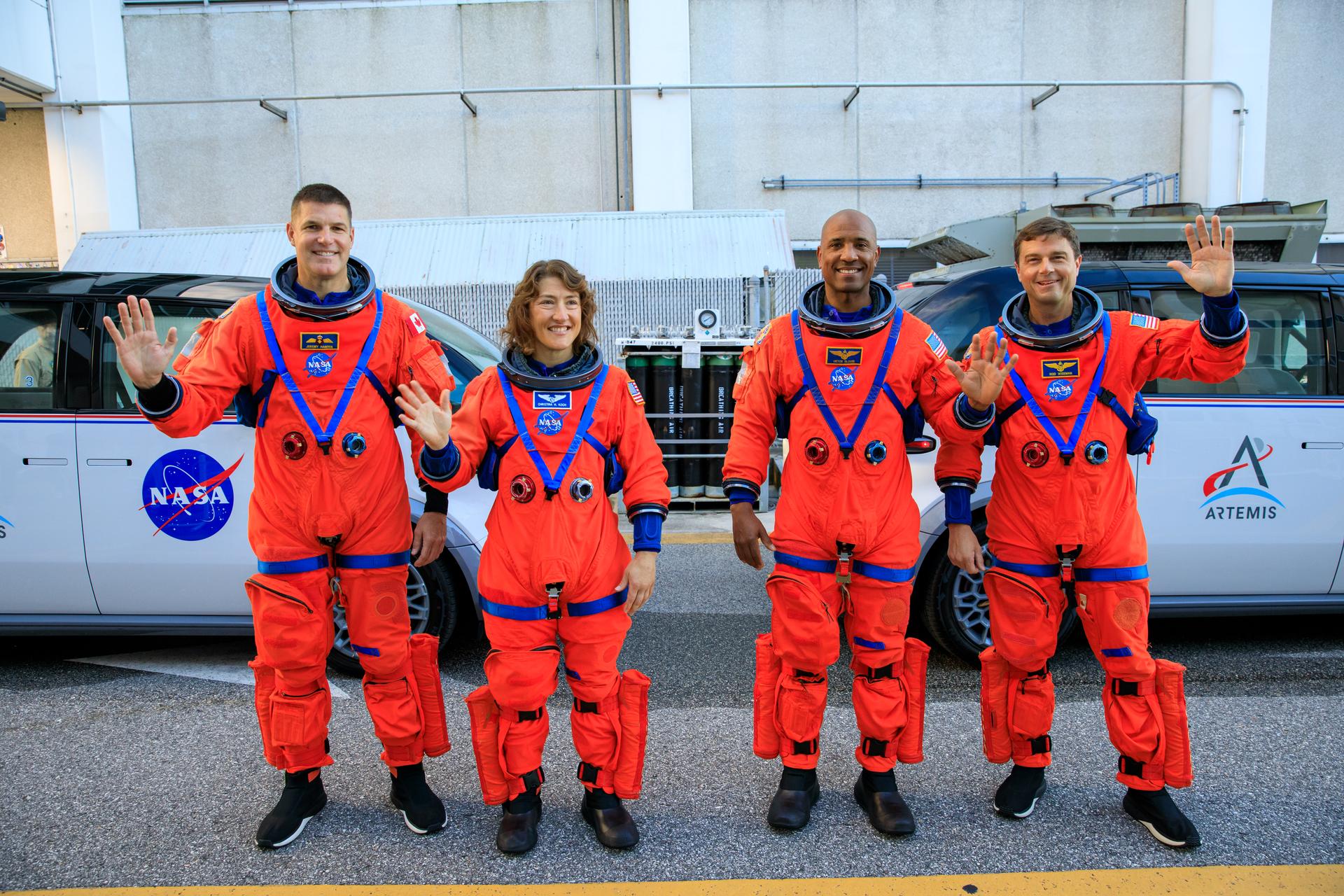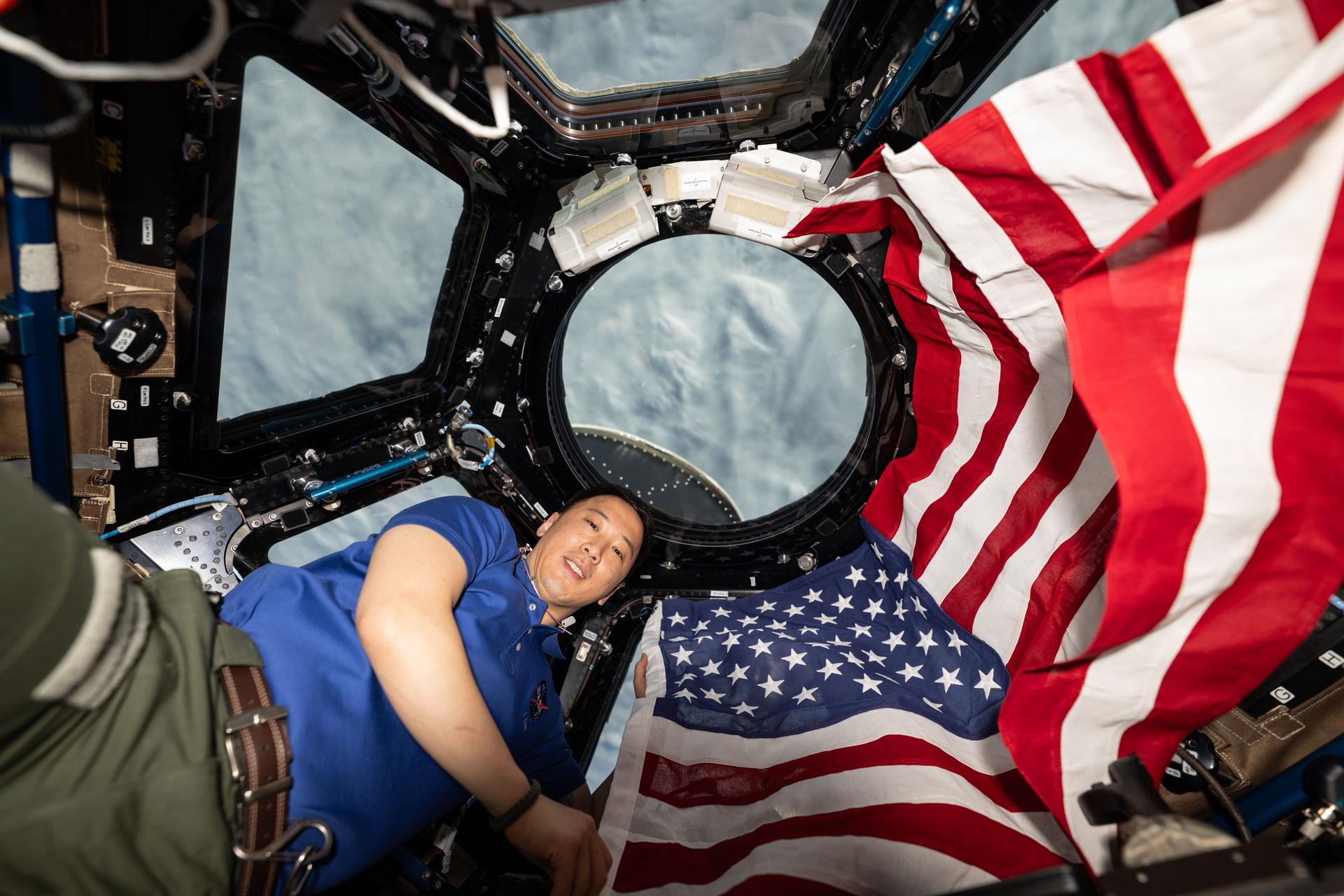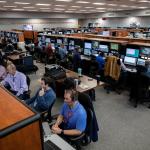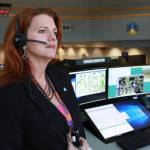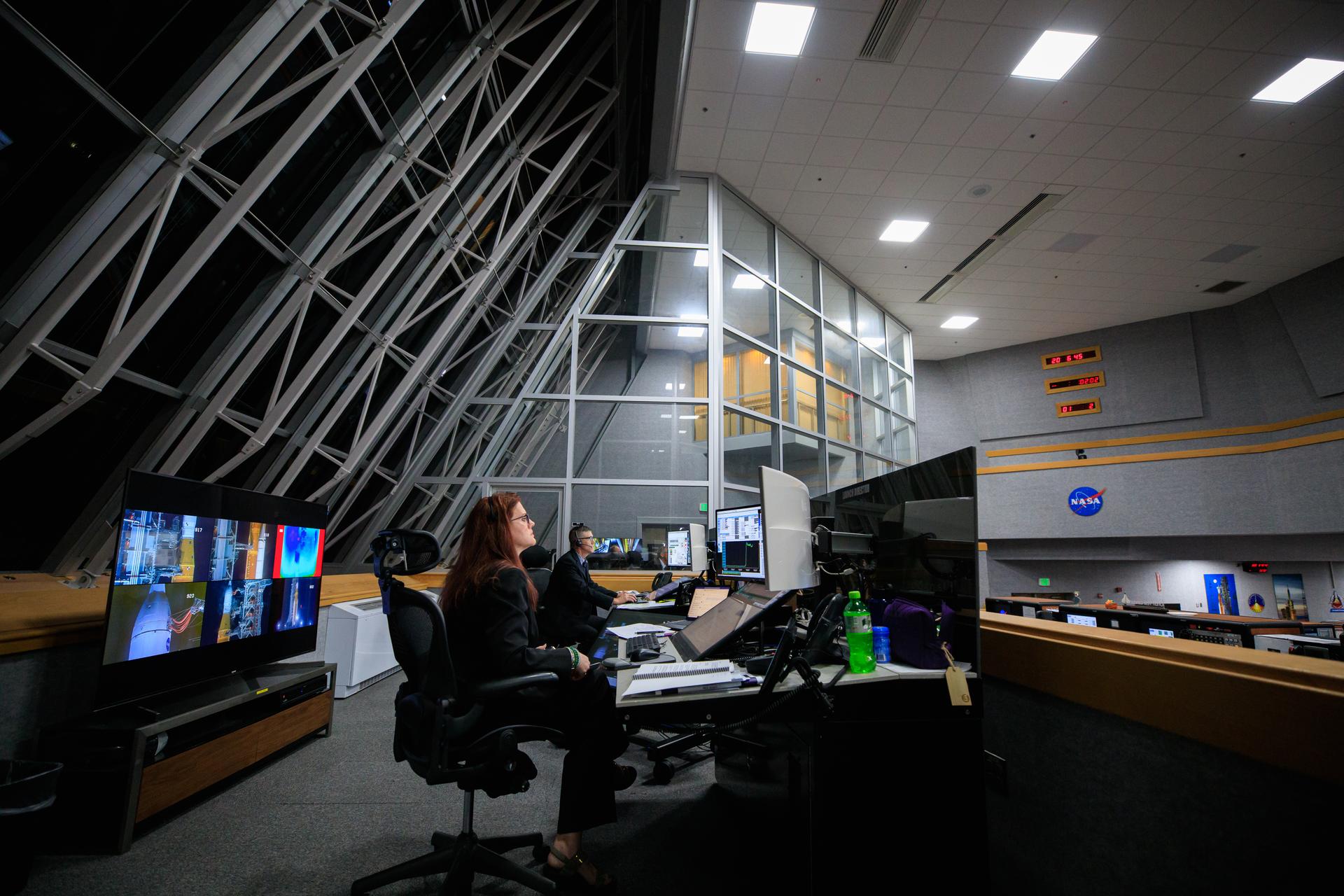
NASA’s Exploration Ground Systems (EGS) is responsible for operating, monitoring, and coordinating the ground equipment for launch of the Space Launch System (SLS) rocket and Orion spacecraft, and the Rocco A. Petrone Launch Control Center (LCC) is a vital part of EGS’s infrastructure needed to support the Artemis missions. The LCC comprises a suite of complex software linking the launch team operators inside Firing Room 1 at NASA’s Kennedy Space Center in Florida to the SLS rocket and Orion spacecraft in processing areas such as the Vehicle Assembly Building, mobile launcher, and at Launch Complex 39B. It also allows controllers at Kennedy to communicate with astronauts inside Orion, controllers at the Air Force Eastern Range, and other NASA control centers.
The LCC uses new processing and launch software called the Launch Control System (LCS). The LCS offers significant improvement over previous processing and launch software in that it gives controllers unprecedented insight into vehicle and systems testing throughout the processing of the SLS and Orion. It also offers precise control over operations at the launch pad during the countdown and liftoff of the largest rocket ever built, along with the first spacecraft since Apollo designed to carry astronauts into deep space.
The LCC was built in 1967 in support of NASA’s Apollo Program. Following this, it supported the Space Shuttle Program, and it has now been updated and renovated in support of NASA’s Artemis missions. Technicians have installed new materials throughout the building during the refurbishment, but some of the most dramatic modernization has taken place in the Young-Crippen Firing Room, previously known as Firing Room 1.
Young-Crippen Firing Room (Firing Room 1)
The firing rooms are the heart of the Launch Control Center at Kennedy. All the activities involved with preparing rockets, spacecraft, and payloads for space can be controlled by engineers sitting at computer terminals in the firing rooms. Likewise, all activities at the launch pads can be run from a firing room.
New exploration systems, including NASA’s Orion spacecraft and SLS rocket, do not require as many controllers as the shuttle. Instead, advances in computer and software systems allow greater situational awareness by the launch controllers.
The Young-Crippen Firing Room oversaw launches ranging from the first Apollo missions to the first space shuttle mission. It was last used for the liftoff of Artemis I — the first integrated flight of SLS and Orion —on Nov. 16, 2022.
Firing Rooms 2, 3, and 4
Firing Rooms 2 and 3 have also undergone modifications, including removing computer terminals that were installed in the 1970s. Both control rooms were used as the primary control rooms throughout the Apollo and shuttle programs and were used by controllers to track the myriad systems during countdowns. When the LCC was first built, Firing Room 4 was used as a large conference room, but in 2006, it underwent extensive remodeling and was used for processing and to launch the final shuttle missions.
The new concept for the firing rooms extends to the way individual workstations are configured and used. Previously, a console was connected to an exclusive set of hardware and software, tailoring it for a single use. Now, the refurbishment has made it possible for controllers to use consoles for many roles, so that engineers can sit at any console and access their desired networks.

